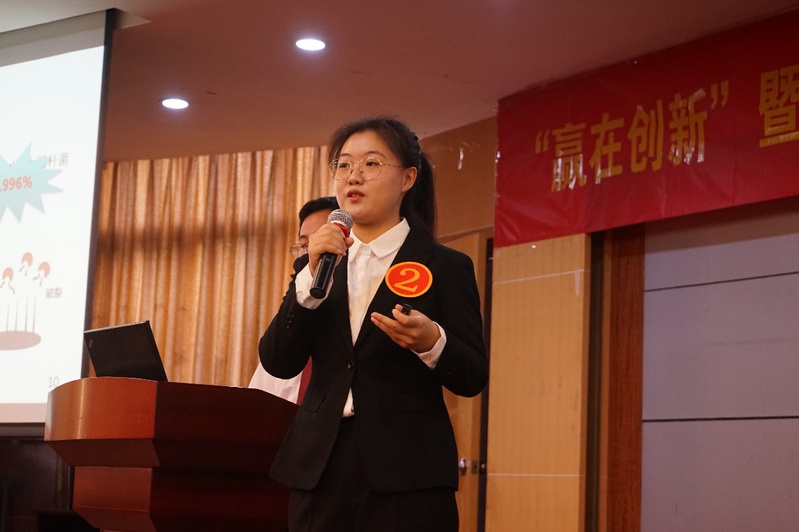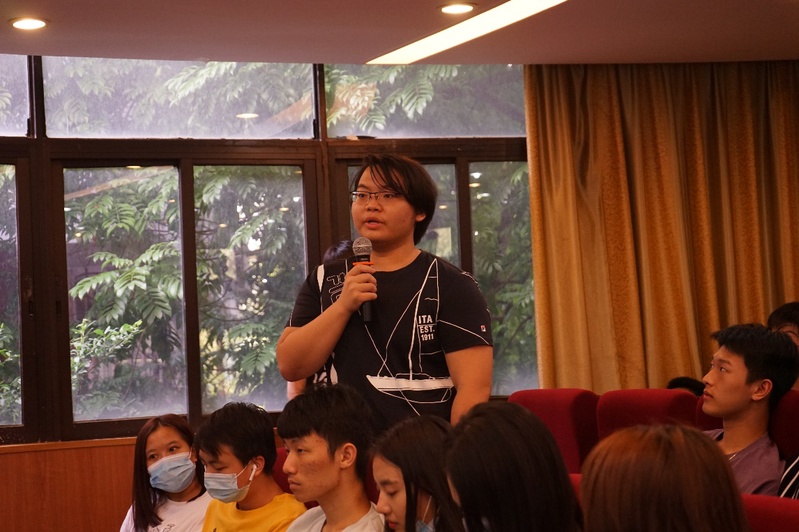- ABOUT JNU
- ADMISSION
-
ACADEMICS
- Schools and Colleges
-
Departments and Programs
- Arts College of
- Chinese Language and Culture College of
- Economics College of
- Electrical and Information Engineering College of
- Foreign Studies College of
- Information Science and Technology College of
- Environment School of
- Humanities School of
- International Business School
- International Studies School of
- Journalism and Communication College of
- Law School
- Liberal Arts College of
- Life Science and Technology College of
- Management School of
- Marxism School of
- Medicine School of
- Pharmacy College of
- Physical Education School of
- Science and Engineering College of
- Shenzhen Tourism College
- Research Institute
- Research Center
- Programs in English
- Majors
- Study Abroad
- Online Learning
- RESEARCH
- CAMPUS LIFE
- JOIN US
2nd phase of 15th Winning in Innovation Competition held at JNU
Date:Nov. 12, 2020
Source: Dean's Office, College of Life Science and Technology
The second phase of 15th Winning in Innovation competition, undertaken by JNU's College of Life Science and Technology and sponsored by the Dean’s Office, kicked off on Nov. 5. From the seven teams competing, the judges chose one team for the Best Project Prize, one for the Most Popular Project Prize and two teams for Excellent Project Prizes.

(A contestant's live presentation)
The project “BAI3: A New Pharmacological Target for Obesity Treatment” by Yang Qiaorui's team from the College of Life Science and Technology was named Best Project. The team proposed that BAI3, a brain-specific protein, could be a new target in treating obesity-related metabolic disorders. After experimenting on mice, they concluded that BAI3 had good targetability and high security, giving it an advantage over existing drugs.

(The audience asking questions)
“Sewage Denitrogenation Technology Based on Novel Nitrogen-Removal Bacteria” was named Most Popular. Using natural minerals, it developed a porous support that could be applied in biofilm reactors. This support, with its roughness, porosity and high affinity to microorganisms, is more conducive to the adhesion and their growth, leading to a significant increase in biomass, higher biological activity and more thorough degradation of pollutants. In addition, the raw material comes from magnets, making it inexpensive. The project has achieved good results in practical applications.
“Establishment of a Sandwich ELISA Detection Method for LCRMP4, the Potential New Marker of Prostate Cancer,” which won an Excellent Project Prize, uses LCRMP4 as a new serological target molecule to make up for the blind spots in detection of prostate-specific antigens. With the detection range within 1ng/ml to 1µg/ml shown in the result, this method can meet the clinical requirements.
Liquid Trace Formaldehyde Portable Sensor, which also won an Excellent Project Prize, tried to develop a portable sensor for detecting liquid formaldehyde with new aggregation-induced emission (AIE) material, based on the characteristics of the specific combination of AIE material and formaldehyde to produce fluorescence.
NEWS
- About the University
- Quick Links
Copyright © 2016 Jinan University. All Rights Reserved.




